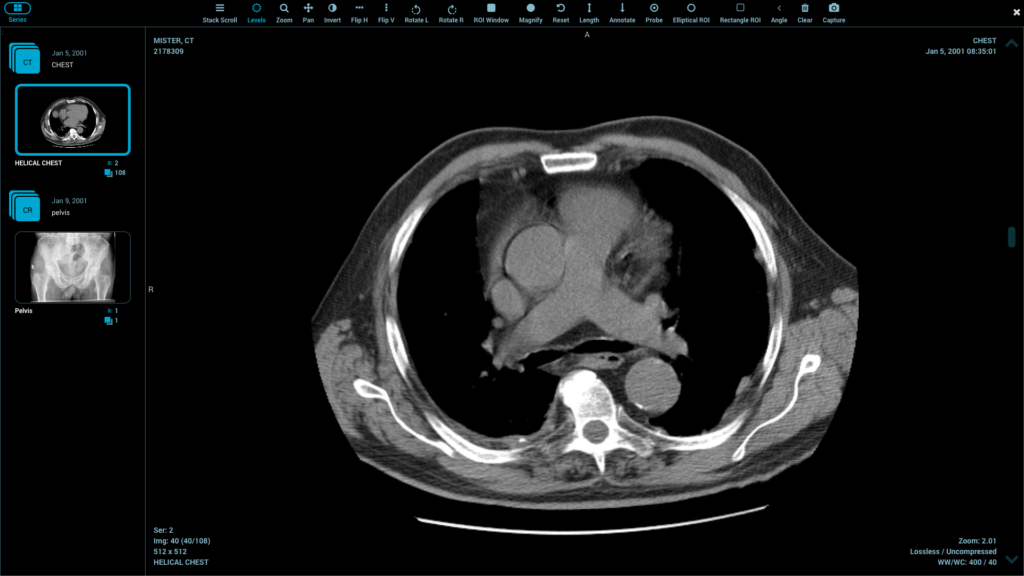Modern healthcare relies heavily on digital medical images for diagnosis and treatment.
As a developer, understanding how to properly integrate a DICOM viewer library and other medical imaging standards into your applications isn’t just good practice—it’s essential for delivering tools that healthcare professionals can trust.
Understanding Key Medical Imaging Standards
Before diving into implementation strategies, you need to understand the standards you’ll be working with:
| Standard | Purpose | Key Features |
| DICOM | Comprehensive standard for handling, storing, printing, and transmitting information in medical imaging | Includes file format definition and network communications protocol |
| HL7 FHIR | Connects imaging data with other healthcare information | RESTful API approach, structured data formats |
DICOM (Digital Imaging and Communications in Medicine) remains the cornerstone standard governing how medical images are stored and transferred.
When implemented correctly, it ensures your application can communicate with any DICOM-compliant system worldwide.
Implementation Best Practices for Development Teams
1. Start With a Solid Foundation
Building medical imaging capabilities from scratch is rarely necessary. Quality SDKs and frameworks specifically designed for medical imaging exist to accelerate your development process.
When selecting a framework, prioritize those with:
- Active development and community support
- Comprehensive documentation
- Proven track record in healthcare applications
- Performance optimized for large datasets
2. Security Cannot Be an Afterthought
Medical images contain sensitive patient information, making security paramount. Your implementation must include:
Access controls, audit trails, and encrypted transmission are non-negotiable elements of any medical imaging application.
Beyond regulatory requirements, consider that healthcare professionals and patients trust your application. One data breach can permanently destroy that trust.
Performance Optimization Techniques
Medical images often come in large file sizes, presenting performance challenges. To deliver a responsive application:
- Implement progressive loading so users can begin viewing and interacting with images before they’re fully downloaded
- Optimize memory management to handle multiple large images simultaneously without crashing
- Use asynchronous processing where possible to maintain UI responsiveness during intensive operations
Remember that healthcare professionals often need to work quickly—every second your application spends loading is a second added to patient care.

Testing and Validation Approaches
Testing medical imaging applications requires specialized approaches. Consider implementing:
Comprehensive Testing Framework
Your testing should incorporate actual DICOM files representing various modalities (X-ray, CT, MRI, etc.). Create test scenarios that mirror real-world workflows in healthcare settings.
Validation should include:
- Conformance to medical imaging standards
- Performance under load
- Security measures
- Integration with other healthcare systems
Many developers find it valuable to partner with healthcare professionals during testing, as they can identify usability issues that might not be apparent to the development team.
Regulatory Considerations
Depending on your market, your application may need to comply with regulations like HIPAA, GDPR, or regional healthcare privacy laws. These regulations aren’t suggestions—they’re requirements with significant penalties for non-compliance.
Work with legal experts familiar with healthcare software to ensure your implementation meets all applicable regulations. Document your compliance measures thoroughly, as this will be essential during any audit or certification process.
Looking Forward
Medical imaging standards continue to evolve. Your implementation should be flexible enough to incorporate new versions and extensions of these standards without requiring a complete rewrite.
Focusing on standards compliance, security, performance, and user needs can help you build medical imaging applications that truly advance healthcare delivery and patient outcomes.


